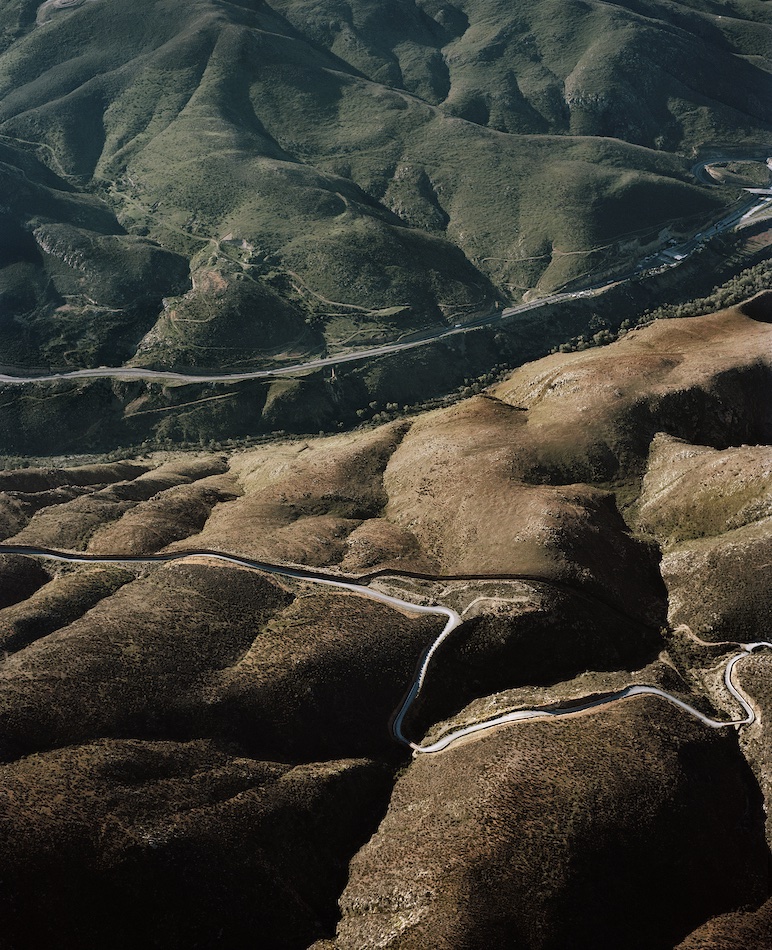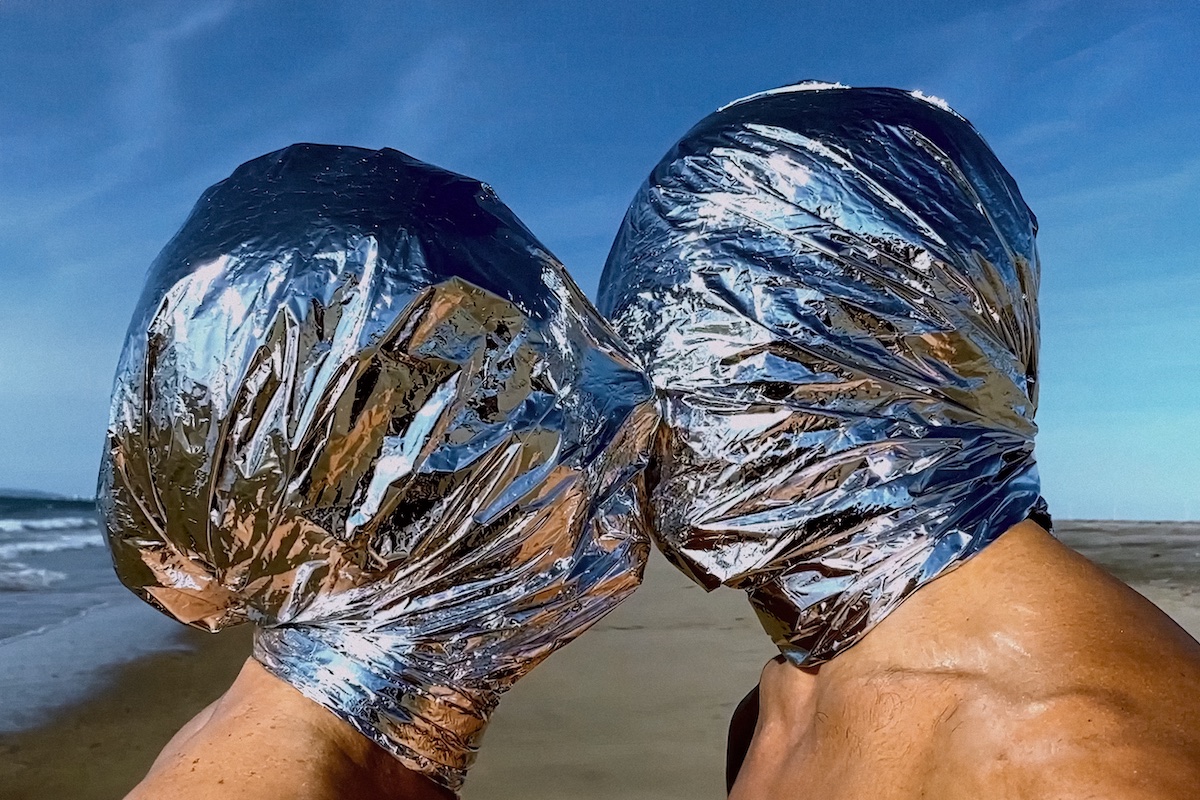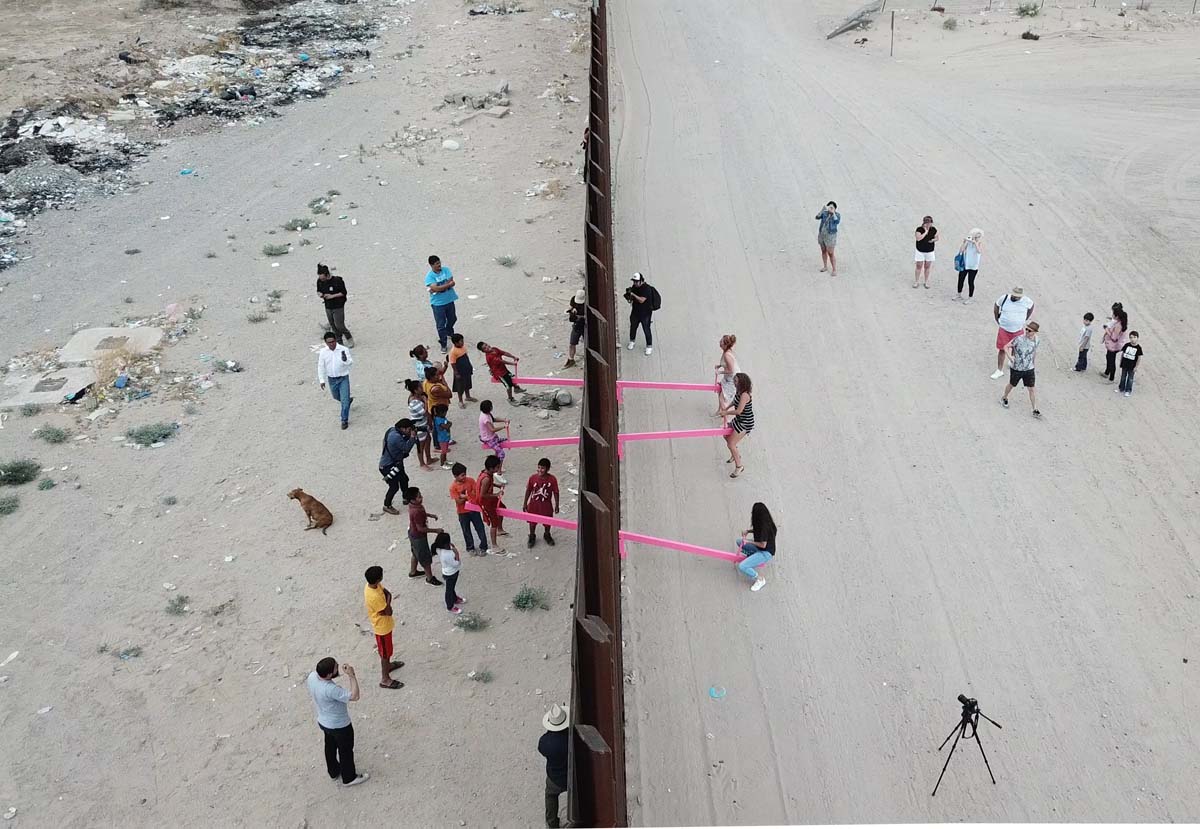In the Shadow of the Wall at the Kimball Art Center offers poignant and playful perspectives on the border wall, beyond political controversy.

In the Shadow of the Wall
June 7–August 18, 2024
Kimball Art Center, Park City, Utah
No matter where personal convictions may lie, there’s no denying the complexity and tragedy of the U.S.-Mexico border. The political battle around the construction of the wall often clouds our perception of the very real human beings caught up in the middle of this ongoing controversy. Both sides of the aisle continually dehumanize the migrant population with extreme projections of helplessness, desperation, criminality, and corruption.
Curated by Kimball Art Center’s Nancy Stoaks, In the Shadow of the Wall reveals a palpable and often playful humanity at the wall that offers balance and understanding amid the blaring duality of the border crisis. The works go beyond what’s right or wrong to express a more subtle approach to how the wall affects our collective psyche and the natural environment it penetrates.
In their conceptual drawings, architects Ronald Rael and Virginia San Fratello imagine interventions that consider the varying terrains and wildlife along the 1,954-mile border line. Their whimsical designs include a Greenhouse Wall, a Horse Racing Wall, and a Cactus Wall, all depicted in prints from 2024. Their concept for a Teeter-Totter Wall physically manifested in 2019 when the artists inserted three fluorescent pink teeter-totters into the wall. Children from both nations came together to joyfully play with one another, showing how magical it can be to shed division in such a carefree way.
Ana Teresa Fernández’s video performance The Space Between Us (2020) refers to René Magritte’s 1928 surrealist masterpiece The Lovers. With their heads completely enshrouded by the metallic mylar blankets we’ve seen countless times in images of migrant detention facilities, the artist and her partner attempt to kiss. The mylar steadily pulsates with multifaceted impressions of their hidden features as they breathe. The material appears to keep them apart, yet it is their own naturally interconnected breathing cycle that ultimately defines and transmutes the space—or any sense of separation—between these two lovers.
Is it possible to free ourselves from social conditioning and national boundaries to embrace multiple belongings and cross-border identities that transcend culture? How do we forge relationships through the land itself and the ancestral memories embedded within it? With a variety of media including video installations, photography, textiles, and drawings, the fifteen contemporary artists in this compelling exhibition share their voices and their own human experiences in considering life lived in the shadow of the wall.






